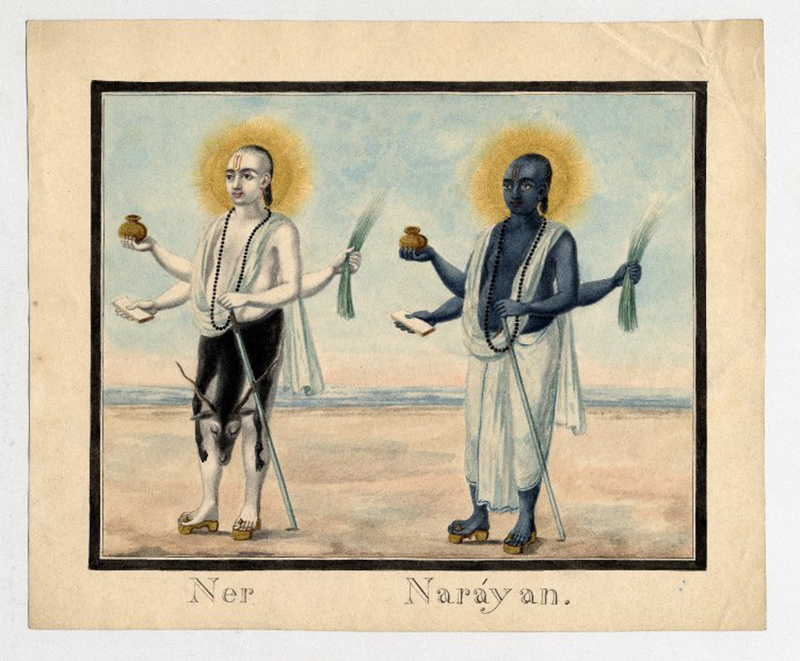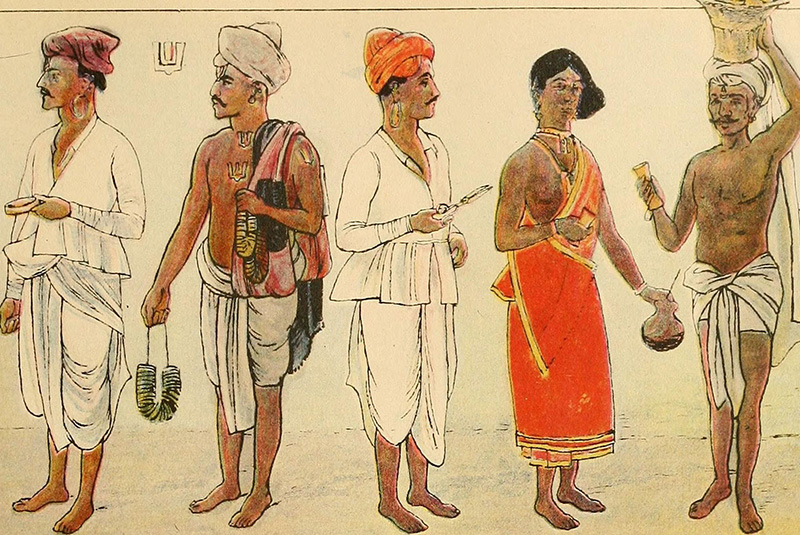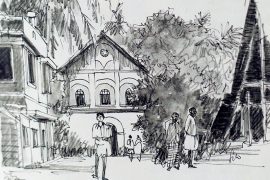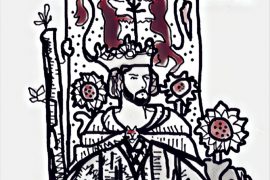The history of clothing in India begins with the Dhoti. The Dhoti is DIY clothing at its simplest – a piece of cloth which you wrap around your waist and your legs. And from the first Indians, it can be seen as a garment.
The earliest known depictions of Indians, seen in images taken from the Indus Valley Civilization (5000 – 1500 BC), show a Yaksha wearing a dhoti. The period-attire described in the Mahabharata suggests that everyone from prince to peasant wore one, during the time of the epic’s composition. Indeed, even the Mauryan Emperor Ashoka can be seen wearing one, according to an engraved slab from Guntur.

The name comes from the Sanskrit word for cleansing. This association becomes literal in the 15th century manual on yoga, Hatha Yoga Pradipika, where the cloth is made wet with warm water, and then inserted down the throat as part of an inner cleansing ritual.
Copyright©Madras Courier, All Rights Reserved. You may share using our article tools. Please don't cut articles from madrascourier.com and redistribute by email, post to the web, mobile phone or social media.Please send in your feed back and comments to [email protected]











